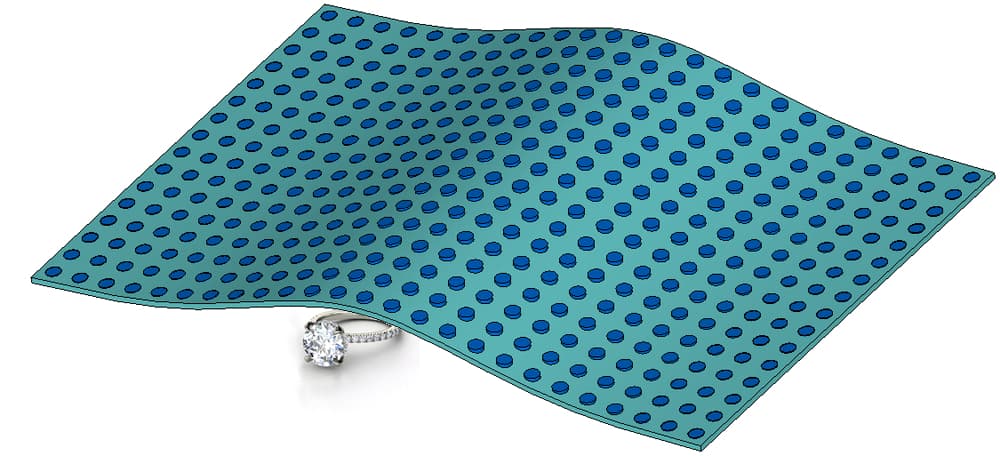Watch out Harry Potter -- the modern invisibility cloak keeps getting better. This week, electrical engineers at University of California, San Diego reported a new design for these cloaking devices that is slimmer and more advanced. While a real invisibility cloak is still a ways off, this new technology can now be used to improve solar power and optical communications.
A new study, published in the journal Progress in Electromagnetics Research, explains the design, as it was modeled on computers. The scientists devised a new "carpet cloak," which effectively hides objects that are resting on a flat surface by controlling the reflections of light. So, rather than seeing a bump or shadow from the object, the whole surface appears flat.
A professor in the Department of Electrical and Computer Engineering at the UC San Diego Jacobs School of Engineering and the senior author of the study, Boubacar Kanté reported that “this cloaking device basically fools the observer into thinking that there’s a flat surface." By altering the scattering of light and mimicking the reflection patterns of flat surfaces, objects can effectively disappear.
“Invisibility may seem like magic at first, but its underlying concepts are familiar to everyone. All it requires is a clever manipulation of our perception,” stated Kanté.
So, how exactly does this work? The carpet cloak utilizes two materials, called dielectrics. These dielectrics, Teflon and ceramic, are essential because they do not absorb light or conduct electricity. Specifically, the cloak is composed of an incredibly thin layer of Teflon embedded with the cylindrical ceramic particles. By using a single layer of these dielectrics and changing the height of the ceramic particles, the scientists were able to specify how the light waves were reflected.
While we aren't quite ready for the full invisibility envisioned by J.K Rowling and other authors, the researchers are still thrilled. "Doing whatever we want with light waves is really exciting,” said Kanté. “Using this technology, we can do more than make things invisible. We can change the way light waves are being reflected at will and ultimately focus a large area of sunlight...like what a solar concentrator does.”
Share This Article
